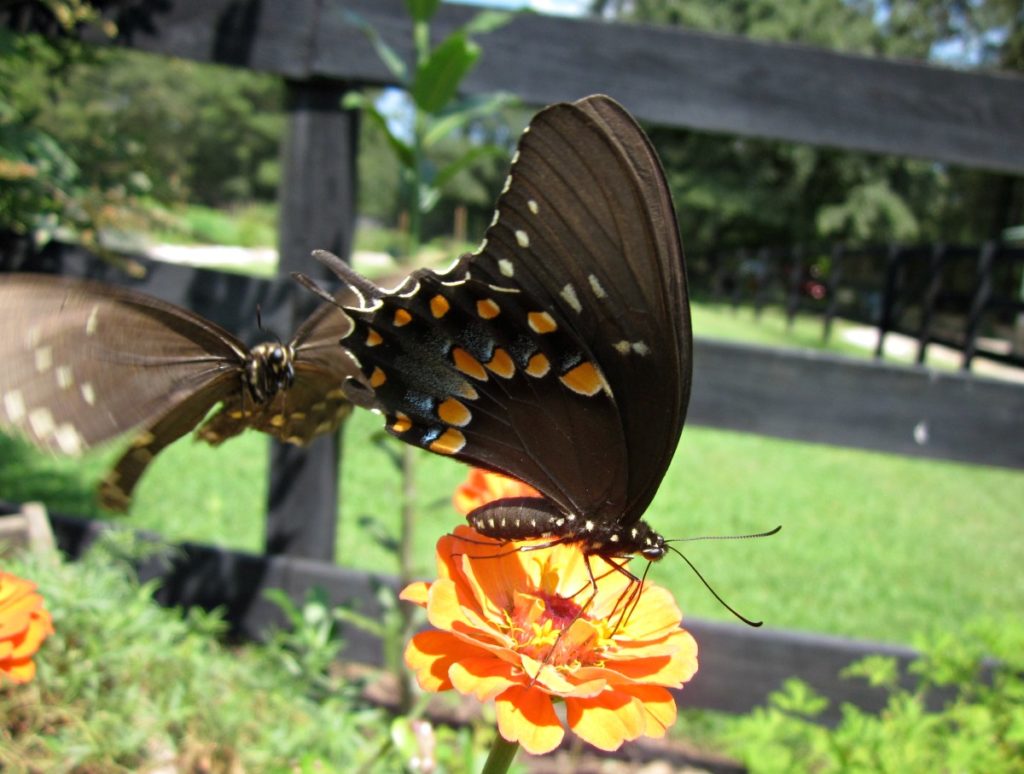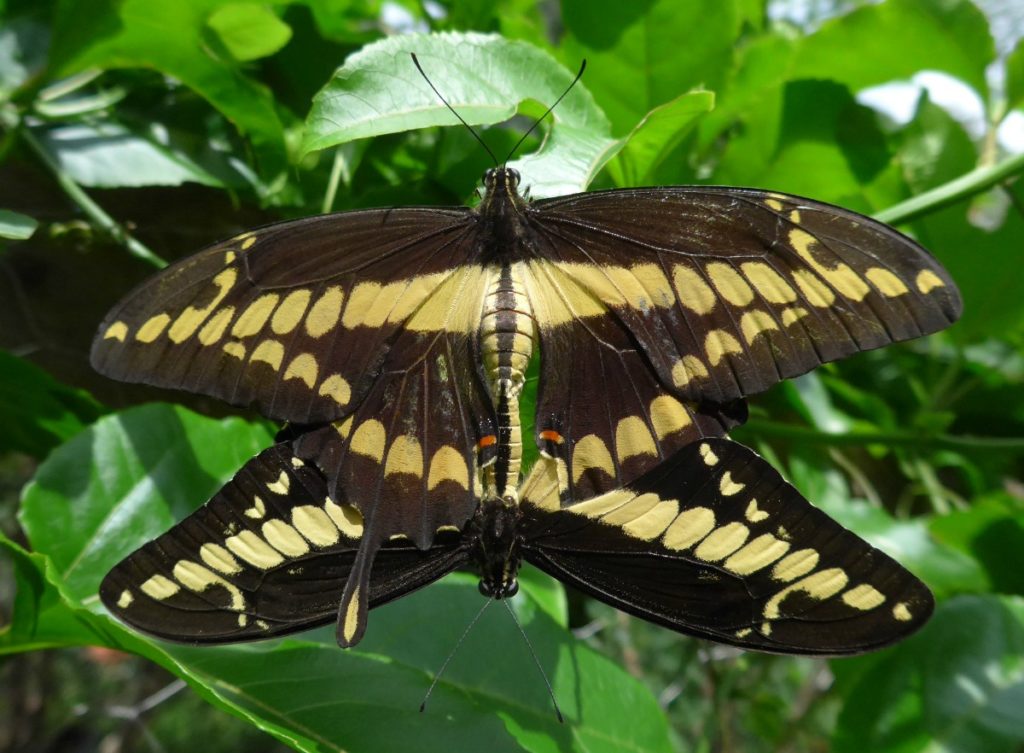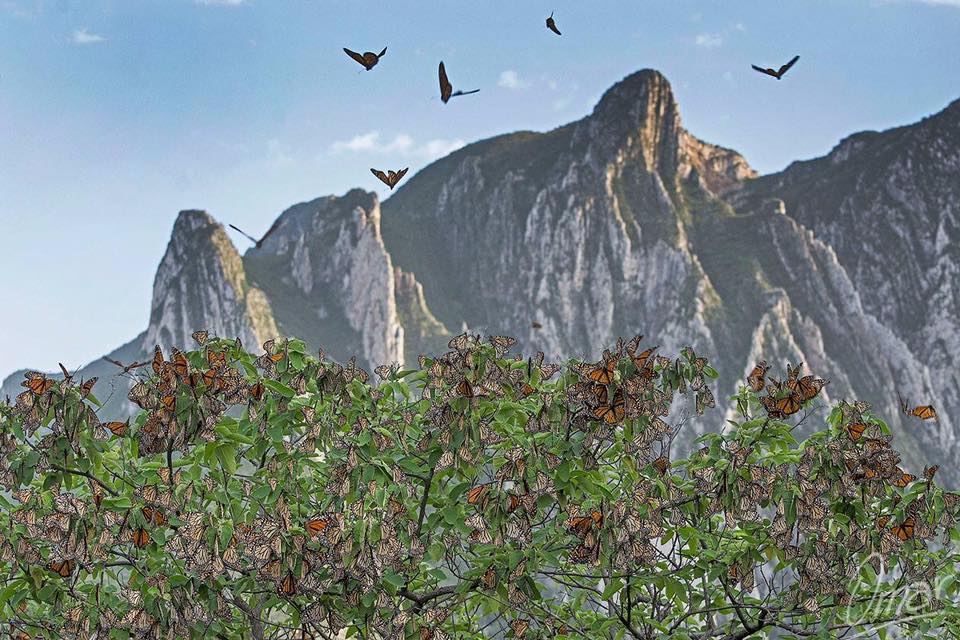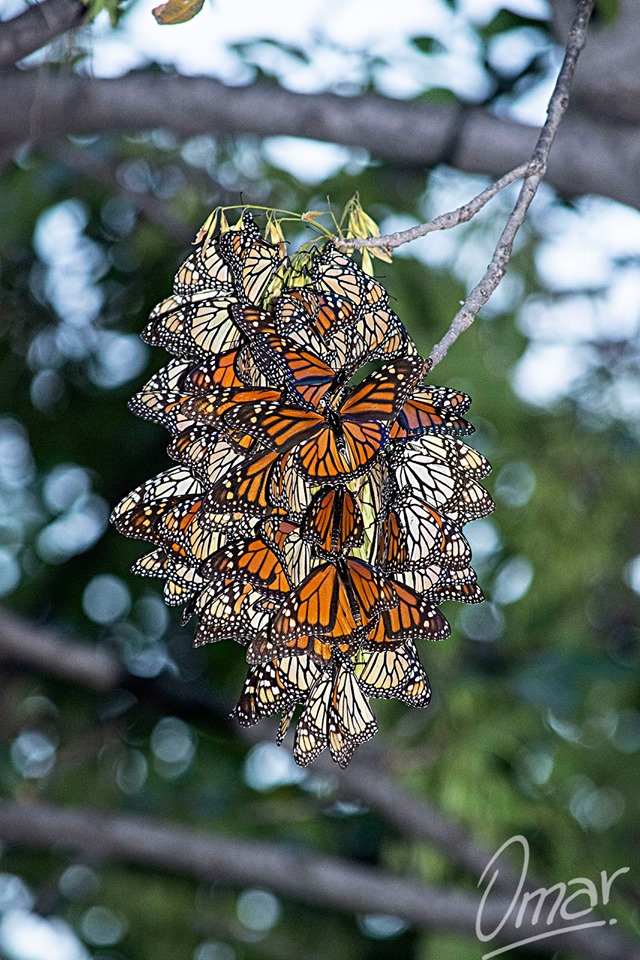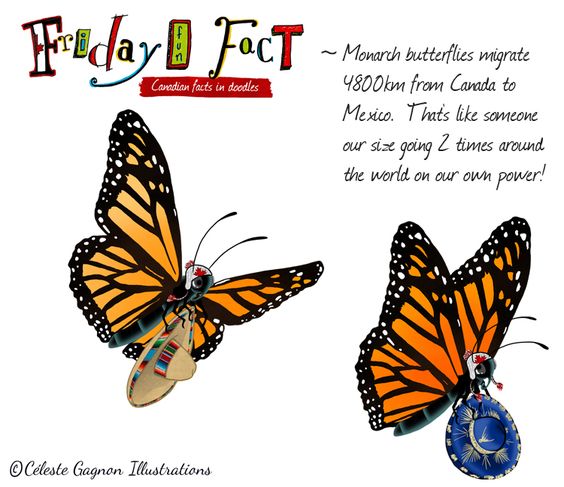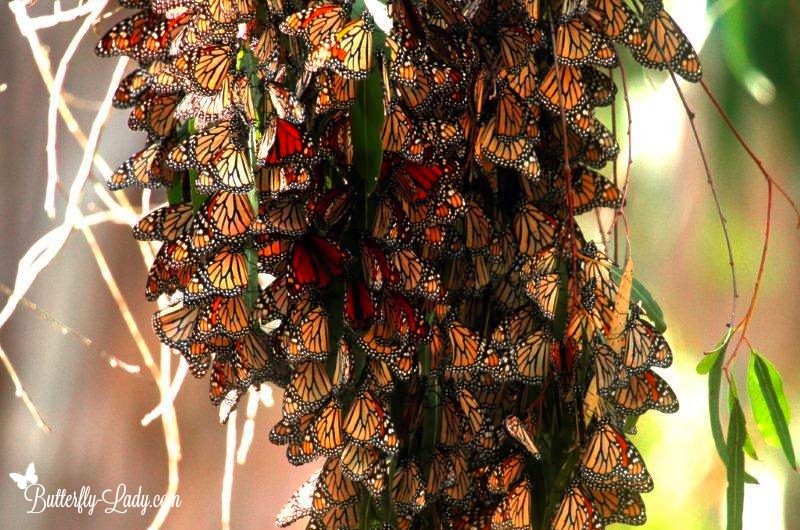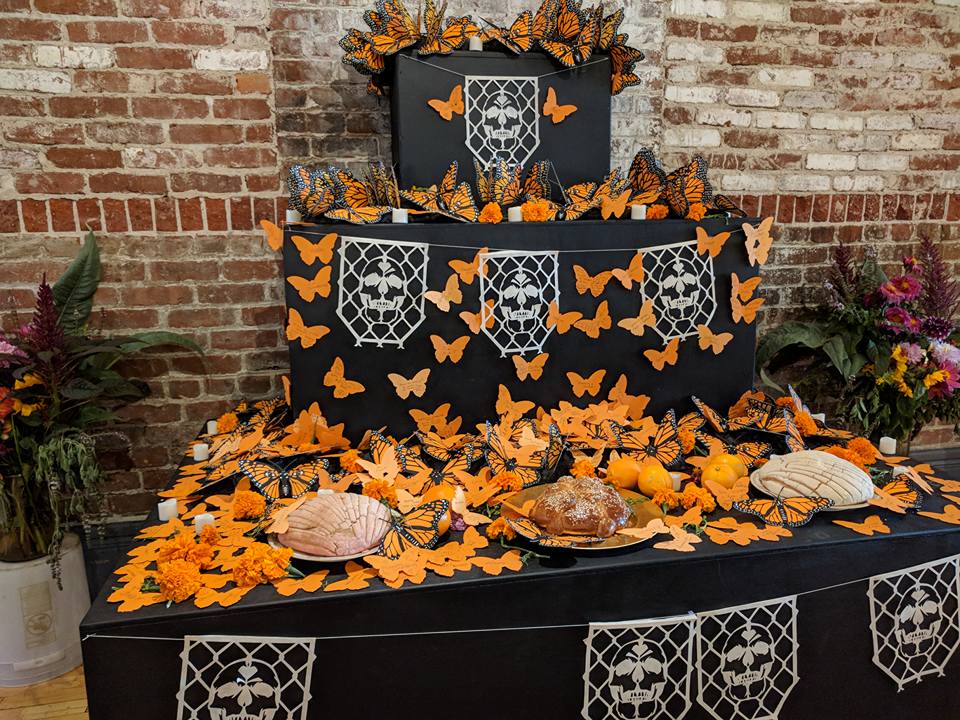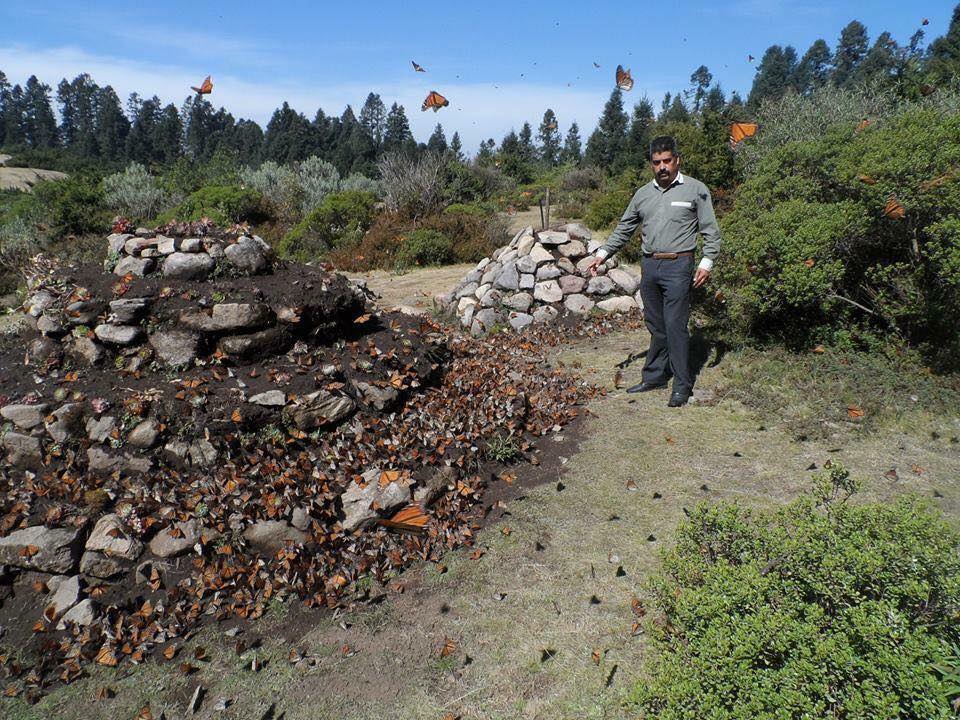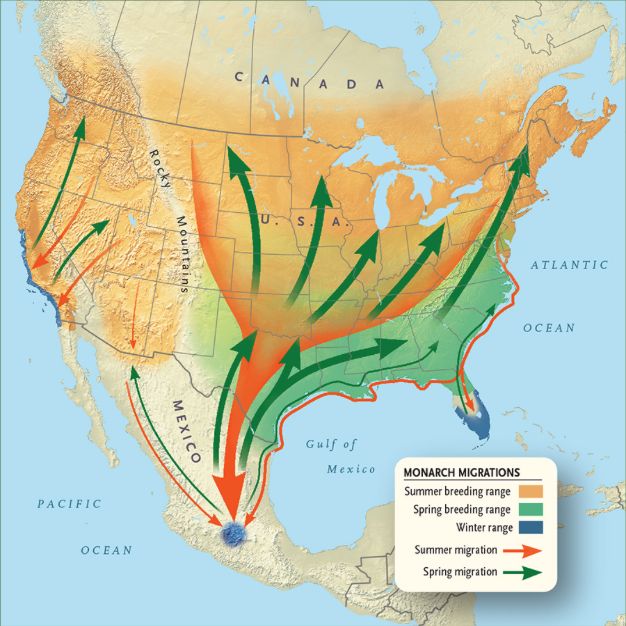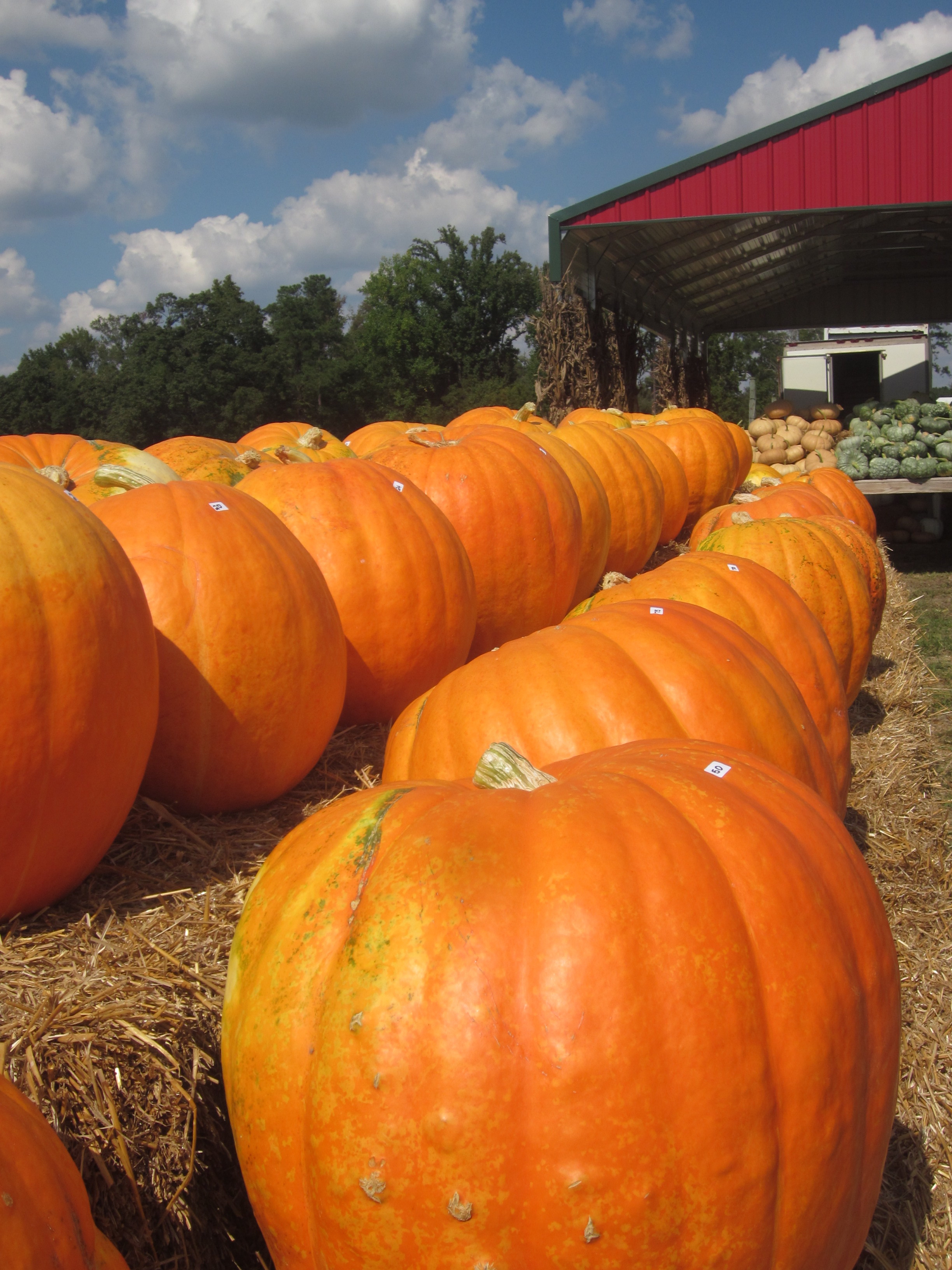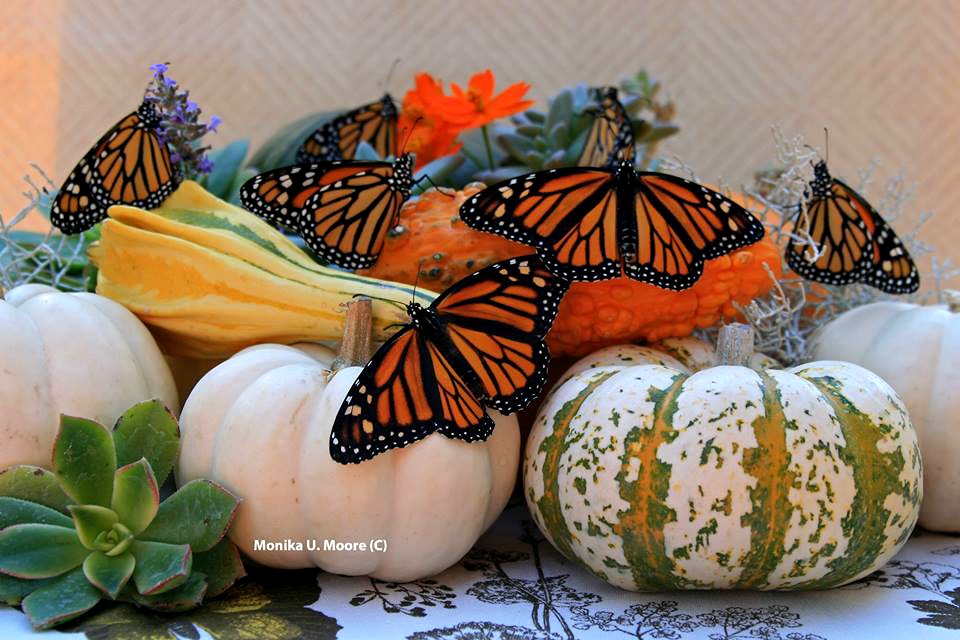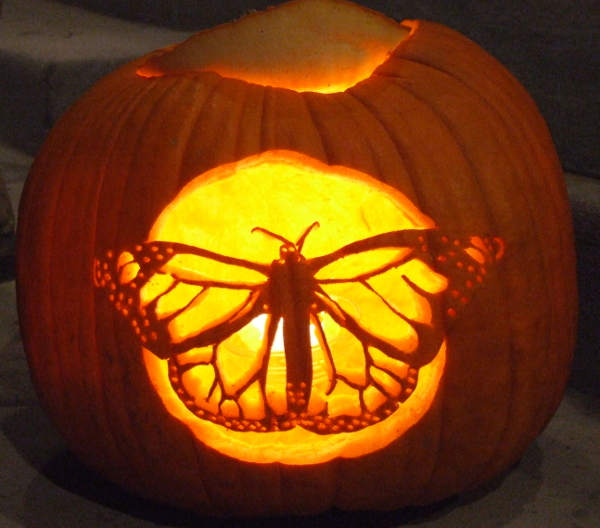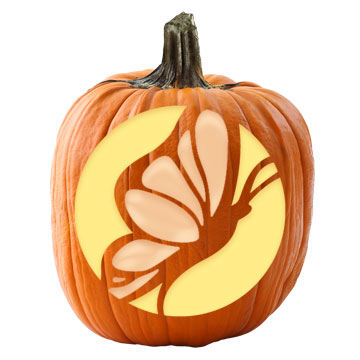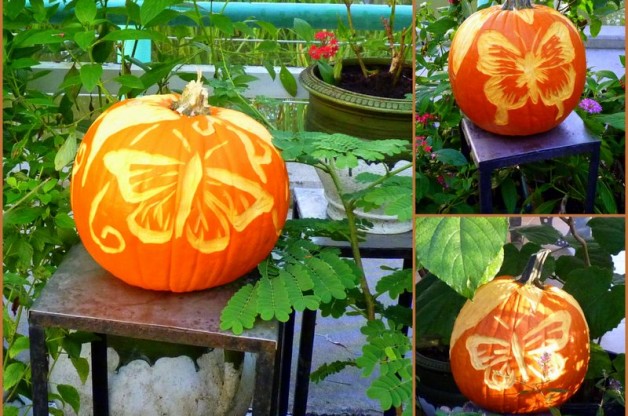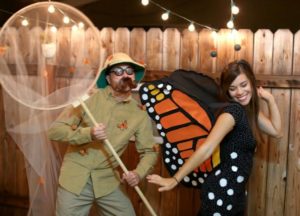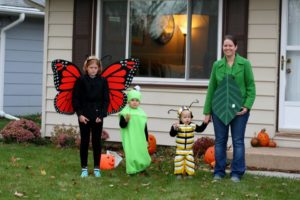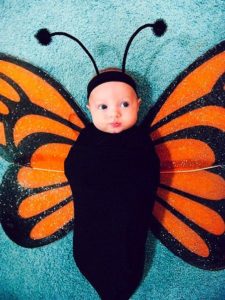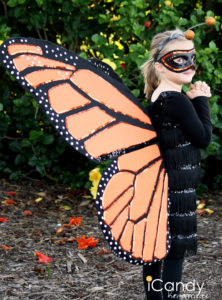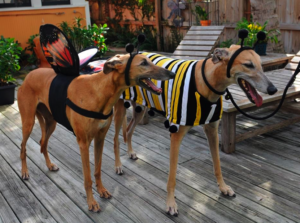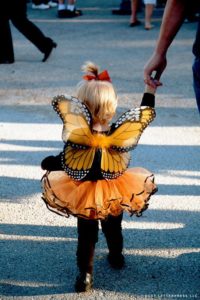Monarchs (Danaus plexippus) are best known for their annual migration in North America. But many people do not realize that Monarch butterflies are not just found in North America. These iconic butterflies can be seen around the world and form populations that do not migrate or that only migrate short distances.
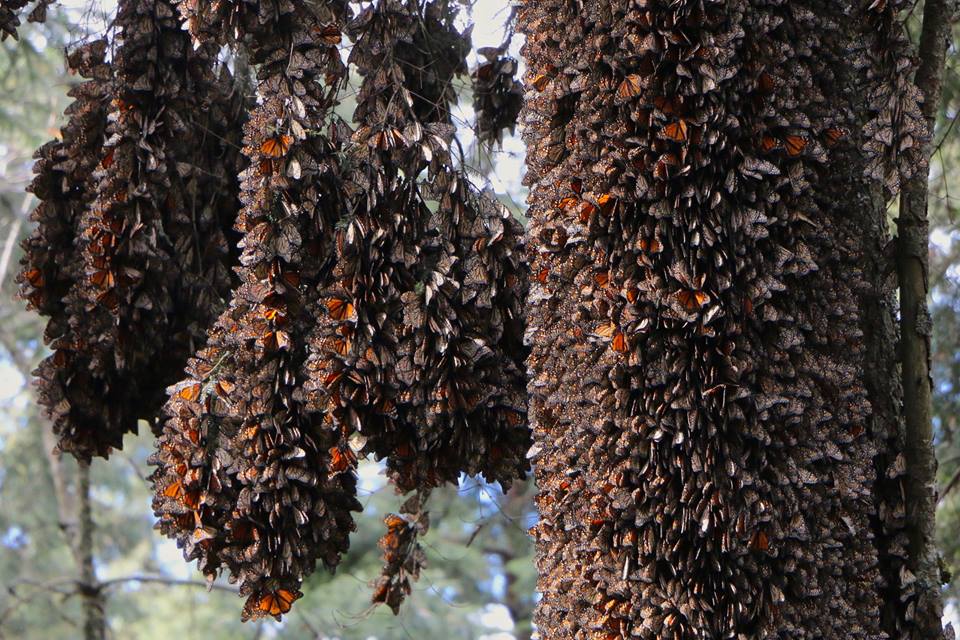
Monarchs thrive throughout Central and South America. They are residents in the islands of the Caribbean, including Puerto Rico and Cuba. Monarchs live in North Africa and migrate to the Canary Islands, the Azores, Madeira, Portugal, and Spain. Even on occasion a rare migrant can be found in the United Kingdom. They have also been seen in Bermuda, the Cook Islands, the Solomon Islands, New Guinea, Ceylon, India and Nepal. Monarchs live year-round on the Hawai‘ian Islands as well as on other Pacific Islands. They are abound in New Zealand and Australia.
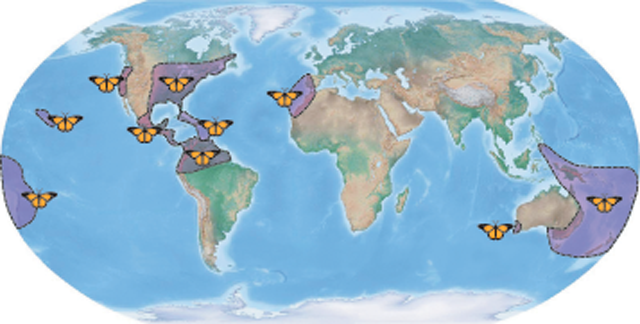
Scientists believe that the Monarch butterfly is originally from North America, but over the years they have made their way throughout the world colonizing new locations where they could find various species of Milkweeds for their host plants. For example, Gomphocarpus physocarpus, commonly known as Swan Plant, is a species of Milkweed native to southeast Africa, but it has been naturalized in New Zealand, most likely before the Monarchs arrived. Monarchs were probably knowingly or unknowingly transported on ships and then were able to find their host plants to survive.
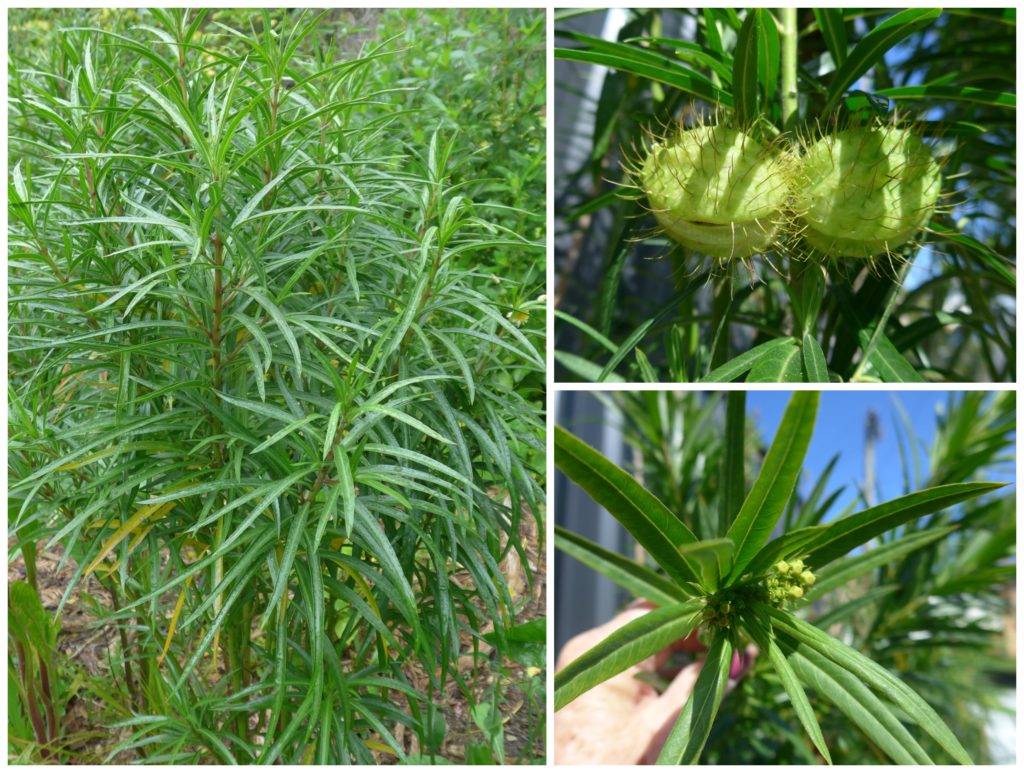
It’s possible that extreme weather events helped to relocate Monarchs. It is believed by some that Monarchs were carried to Australia from New Caledonia on cyclones. Once they arrived, they found Milkweed, Gomphocarpus physocarpus, originally from South Africa, and the Asclepias Curassavica from Central America that had become naturalized and the butterflies successfully established a breeding population.
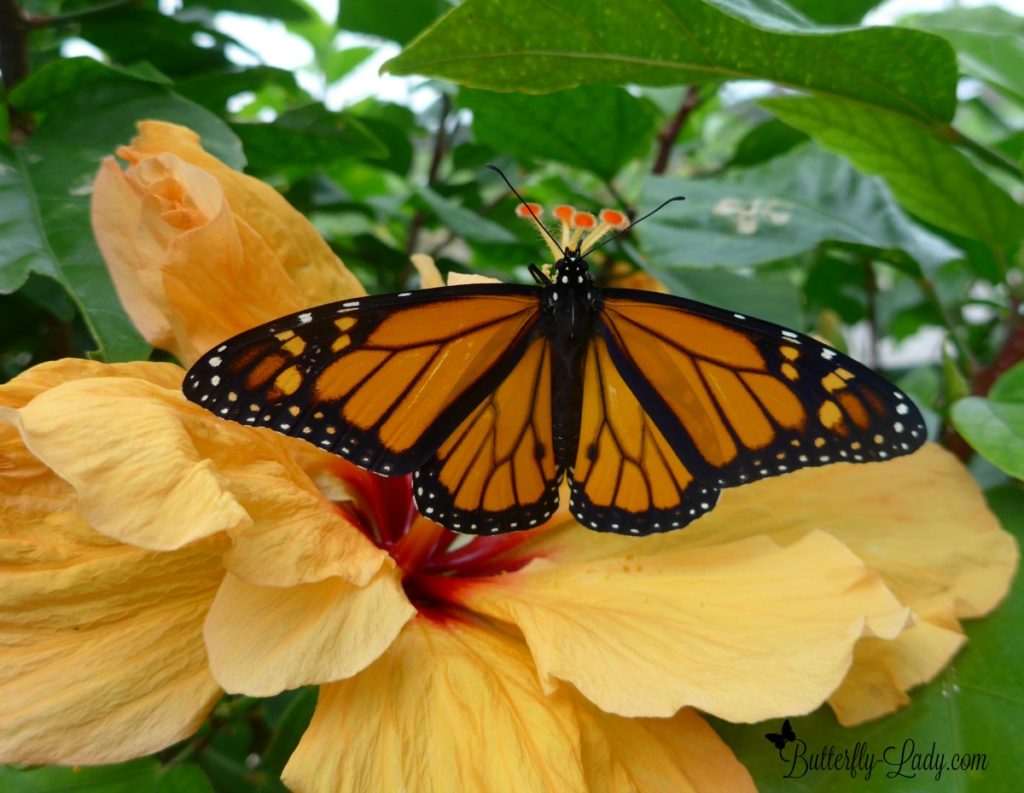
Monarchs spread throughout much of the world in the 1800s. They were first seen in Hawai‘i in the 1840s, and spread throughout the South Pacific in the 1850s-60s. In the early 1870s, the first Monarchs were reported in Australia and New Zealand.

Monarch butterflies are adaptable and can thrive in various environments as long as there is a sufficient supply of milkweed for their larvae and nectar sources for the adults. Their remarkable migration and wide distribution make them a truly fascinating species.
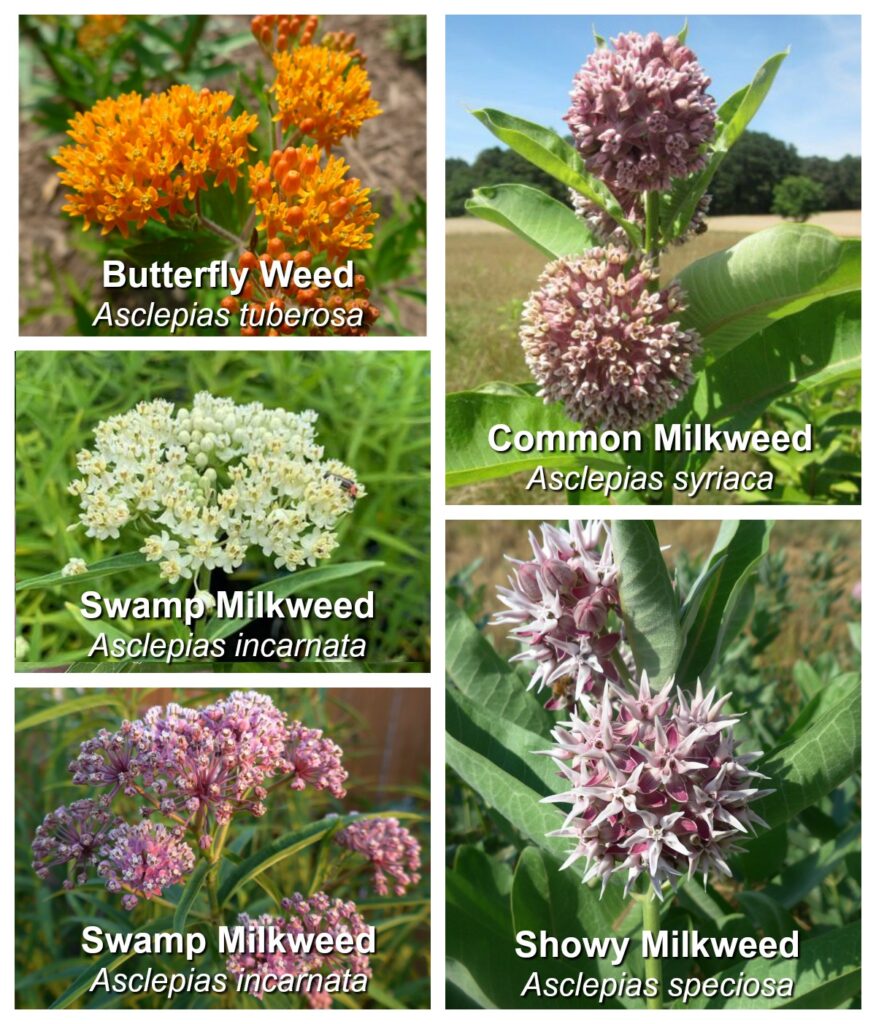
Wherever they are found, Monarchs have become one of the best-known and favorite butterflies throughout the world.



